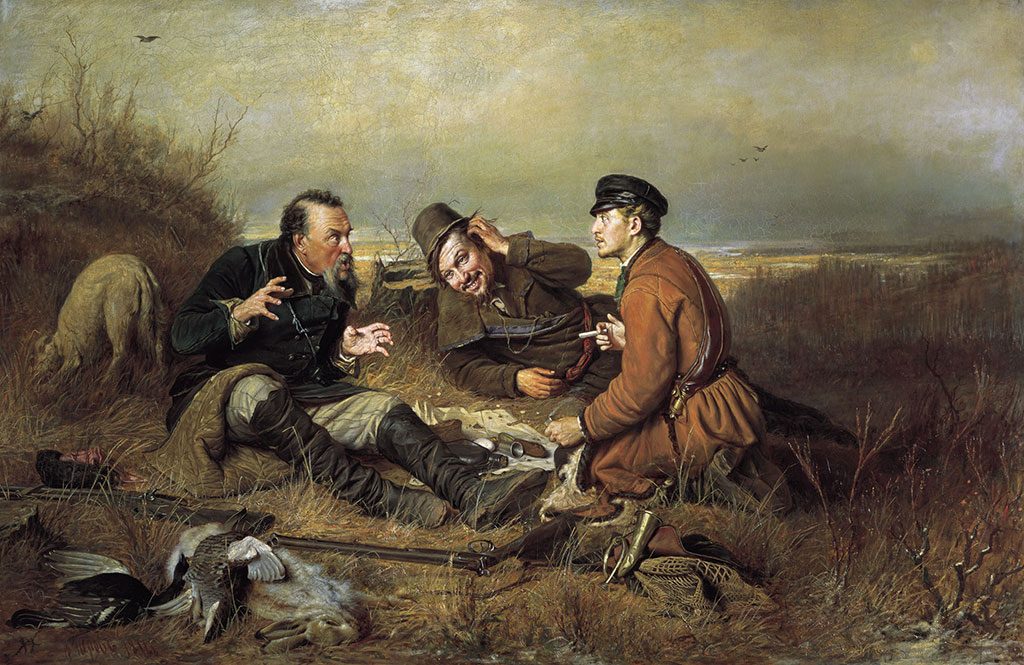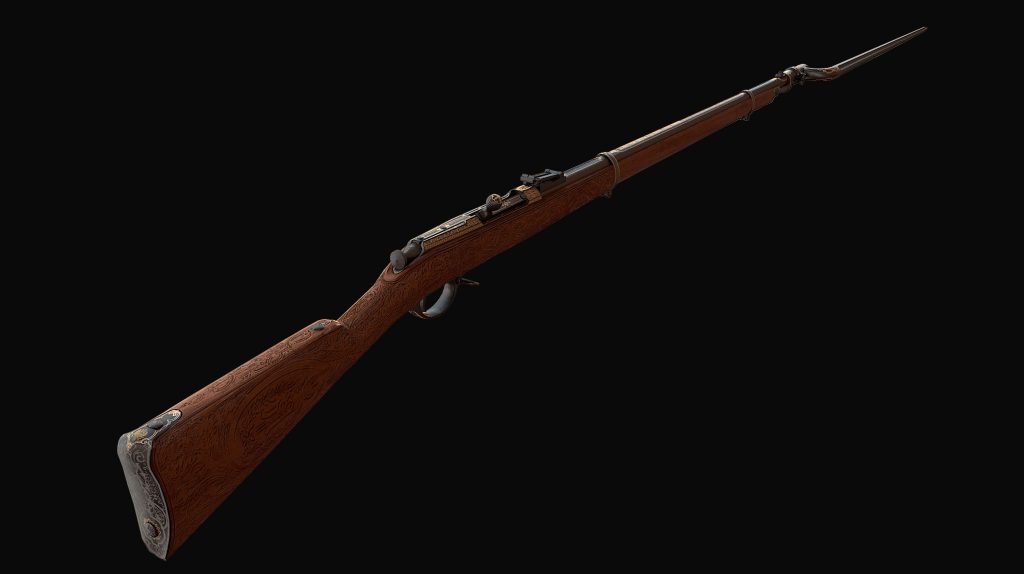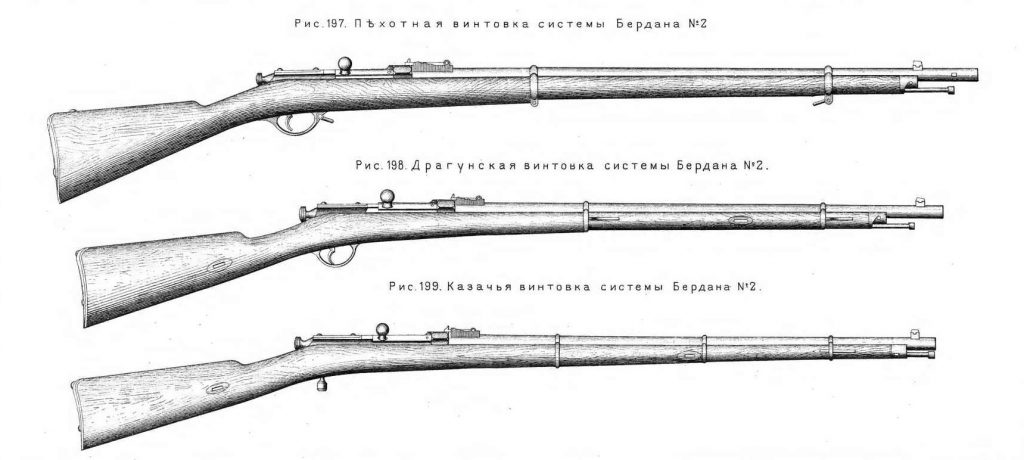Specifications
Rifle caliber – 10.67 mm, barrel length w/o bayonet – 0.83 m, rifle total length w/o bayonet – 1.3 m, weight 4.2 kg. It shoots to a distance of up to 1,100 meters at a rate of 6-8 shots per minute and muzzle velocity of 437 meters per second.
Operating principle
To fire a shot from the original rifle turn the bolt to the left and pull it back. Then insert a round into the dedicated window. Move the bolt forward to send the round into a dedicated chamber, then lock the bore by turning the bolt lever to the right.
History of the specimen
As historic records have it, in early September 1875 Emperor Alexander II paid a visit to the Tula Arms Factory to accept the refurbishment completed just before his arrival. Having accepted the excellent work of the craftsmen who were responsible for refurbishment the emperor ordered that honorable title “imperial” be assigned to the factory. At the time, only the Tula Arms Factory was awarded that title of all state-run enterprises.
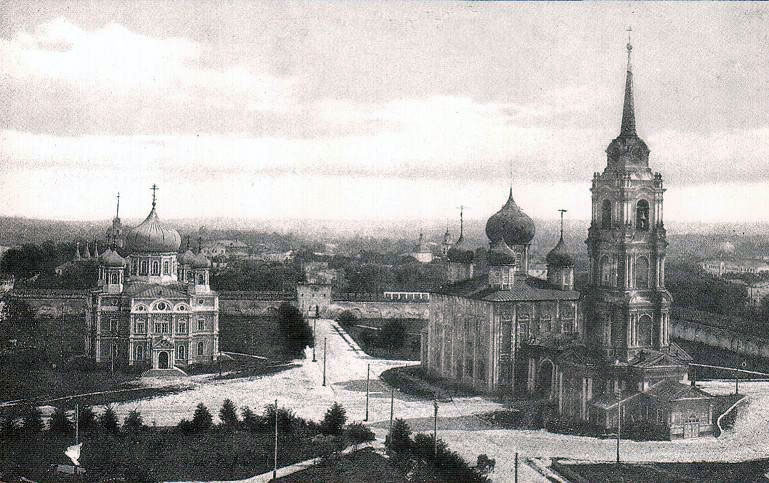
Emperor’s Berdan Rifle
The top face of the Berdan rifle barrel has engraved inscription that confirms the weapon was made by the Tula factory. The sliding breech bolt is seen from above; a sliding band with engraved symbols is on the right from the inscription. Permanent exhibits of our museum contain specimens of original weapons manufactured by Tula craftsmen as a tribute to factory visits by the imperial family.
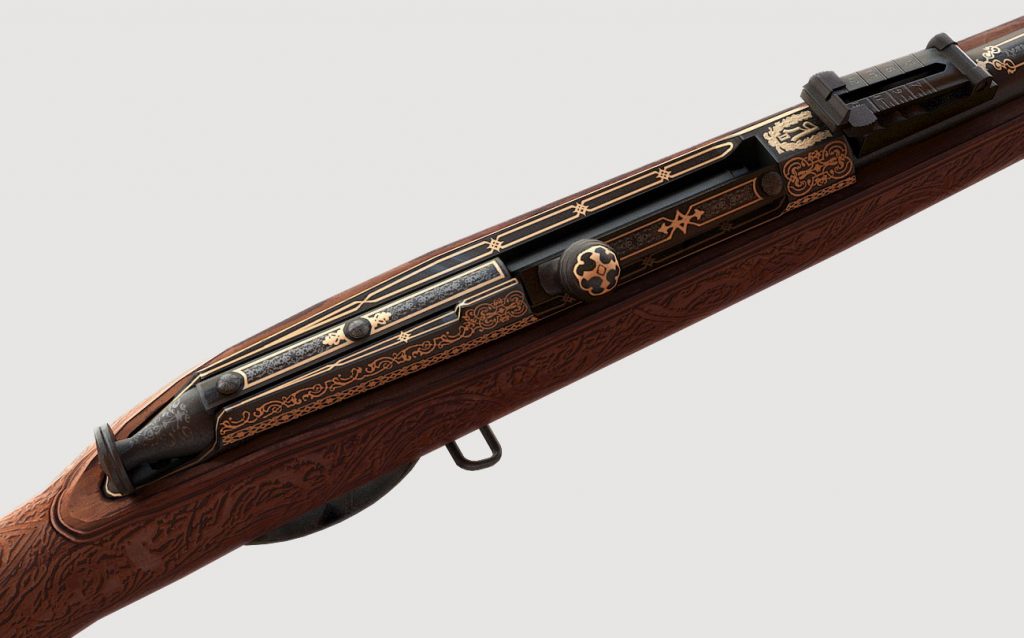
Main metal parts of the rifle are exquisitely decorated with embossed and gold-fused floral ornament.
The top facet of the Berdan rifle barrel has a unique gold-fused inscription that confirms the emperor’s visit to the Tula Factory in 1875. Artistic finish of the rifle was made by Nikolai Morozov and Alexey Polosatov, the craftsmen of the Tula Arms Factory.
 An original four-sided bayonet adjoins the right side of the Berdan rifle barrel via a tube.
An original four-sided bayonet adjoins the right side of the Berdan rifle barrel via a tube.

See the general view of the rifle below.
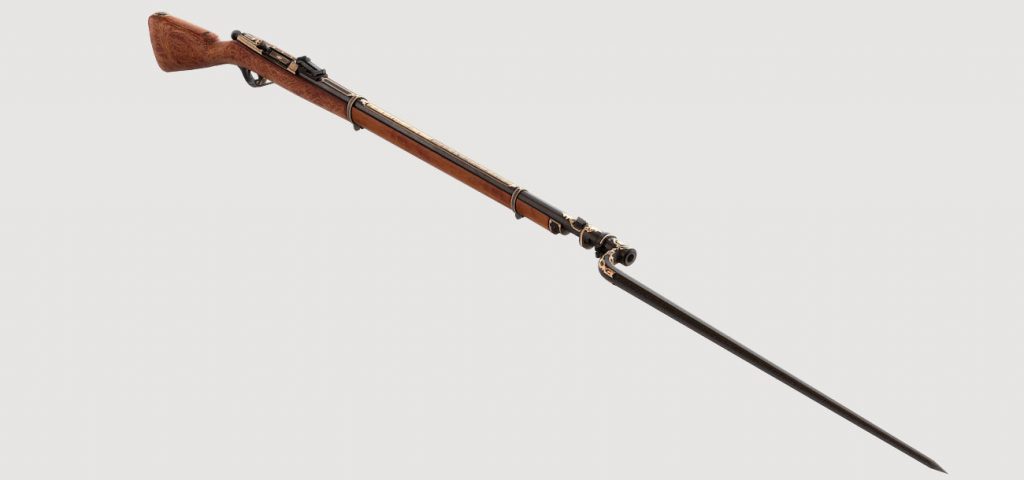 Small of the butt has a carved Imperial Emblem with original monogram of Alexander II. The gunstock of the Berdan rifle is coated with a delicately carved floral ornament. The rifle fore-end accommodates the carved coat of arms of Tula inside a crown of laurel and oak leaves that vary in dimensions.
Small of the butt has a carved Imperial Emblem with original monogram of Alexander II. The gunstock of the Berdan rifle is coated with a delicately carved floral ornament. The rifle fore-end accommodates the carved coat of arms of Tula inside a crown of laurel and oak leaves that vary in dimensions.
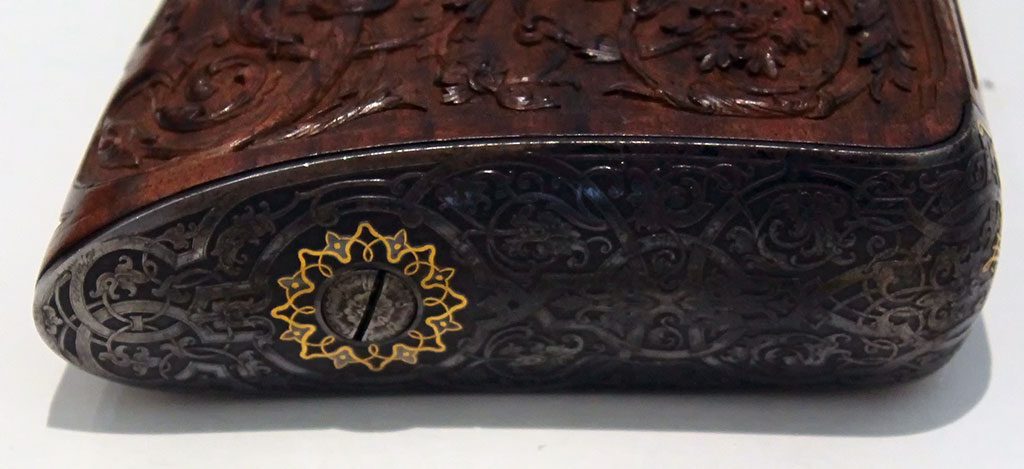 Development
Development
Berdan rifle 1
The original Berdan rifle is a most famous weapon manufactured in early 19th century.
Rifle long-range shooting was practiced by the military to a limited extent, but founders of marksmanship schools existed almost everywhere, especially in the USA. The casualties during the Civil War displayed the enhanced destructive ability of the firearms. The factories produced perfect rifles suitable for sharpshooters. Officers’ unpreparedness for such tactics was the problem. In the North the state came to fully control arms manufacturing. The first sharpshooters regiment began service in 1861. Hiram Berdan became its commander.
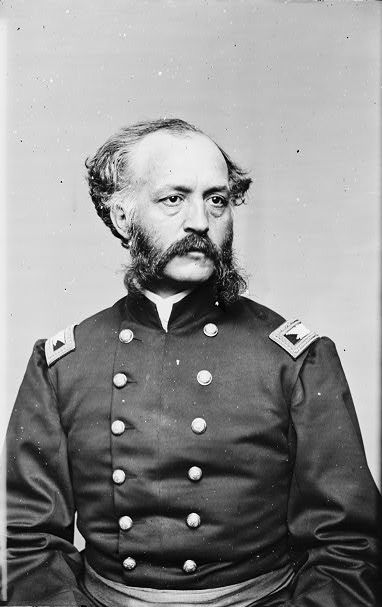
Berdan Sharpshooters were a qualified regiment of sharpshooters and scouts. The number of volunteers enabled to consolidate two complete regiments. These people were known for their outstanding marksmanship and easily passed the regiment admission test. To qualify each of them had to place 10 shots in a circle of 5 inches (12.7 cm) in diameter from 600 feet (182.88 meters).
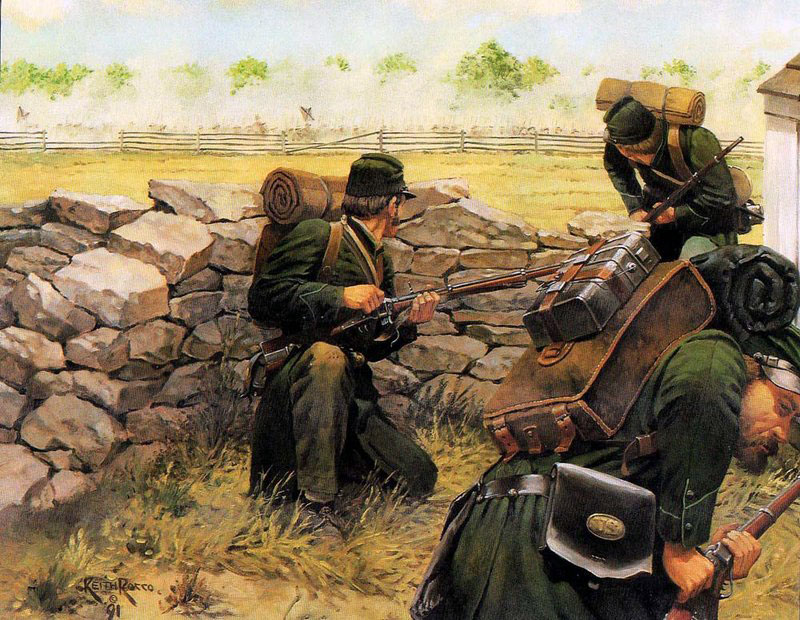
Berdan rifle 2
The unique history of Berdan II rifle started in 1867. In was when the Russian Ministry of Defense dispatched to the U.S. legendary Colonel Alexander Gorloff and Captain Karl Hunnius.
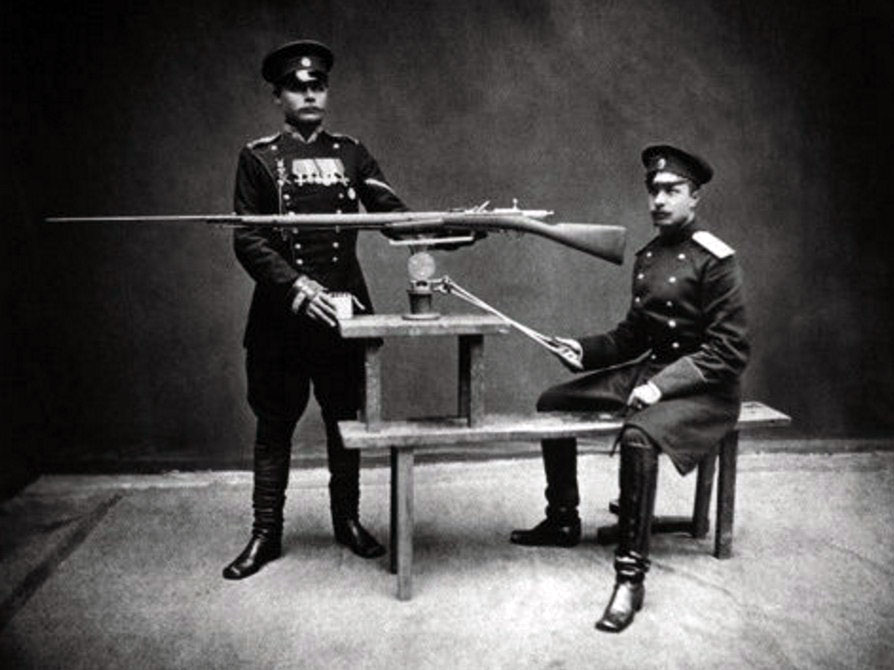 The rifle with a breechblock grabbed the attention of the officers in the U.S. The joint efforts in Berdan rifle improvement led to some 25 design changes that drastically improved the rifle configuration. These included caliber reduction to the new 10.67 mm and adoption of the weapon for new cartridge-type round with brass case and a heavy lead bullet. Upon improvement, the rifle was used to arm the majority of shooting detachments in the Russian army.
The rifle with a breechblock grabbed the attention of the officers in the U.S. The joint efforts in Berdan rifle improvement led to some 25 design changes that drastically improved the rifle configuration. These included caliber reduction to the new 10.67 mm and adoption of the weapon for new cartridge-type round with brass case and a heavy lead bullet. Upon improvement, the rifle was used to arm the majority of shooting detachments in the Russian army.
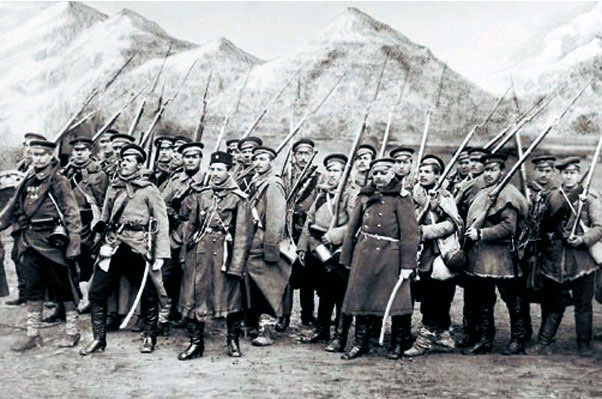
This was the first domestically manufactured rifle with reduced barrel caliber. During transition the barrel caliber was reduced from customary 15.24 mm to 10.67 mm. Special rounds with brass case were used to fire a shot. The rifle is the pride of the Tula factory.
More than 30,000 of such rifles were made for the Russian Army during joint manufacturing at Samuel Colt’s production sites in the USA. The Berdan rifle was modified in 1879 and fitted with a sliding breech bolt that drastically sped up the charging process. The Tula factory underwent major refurbishment in 1873 to manufacture the improved Berdan rifle; this enabled to accelerate the weapons production process.
Use
For more than 20 years the original Hiram Berdan rifle II was the major type of arms for all shooting detachments of the Russian Army.
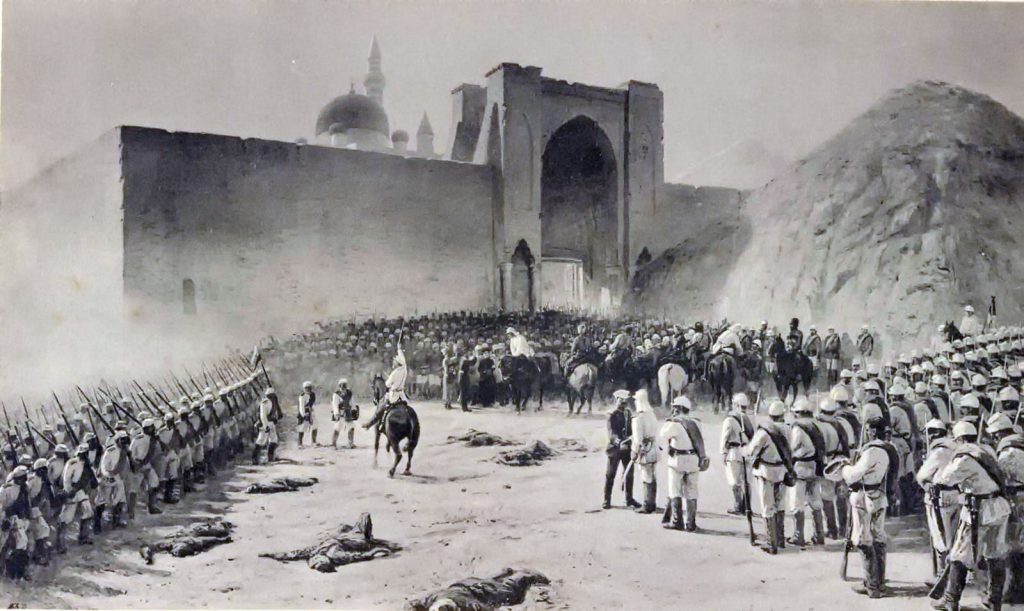 The rifle was widely used in the World War I.
The rifle was widely used in the World War I.
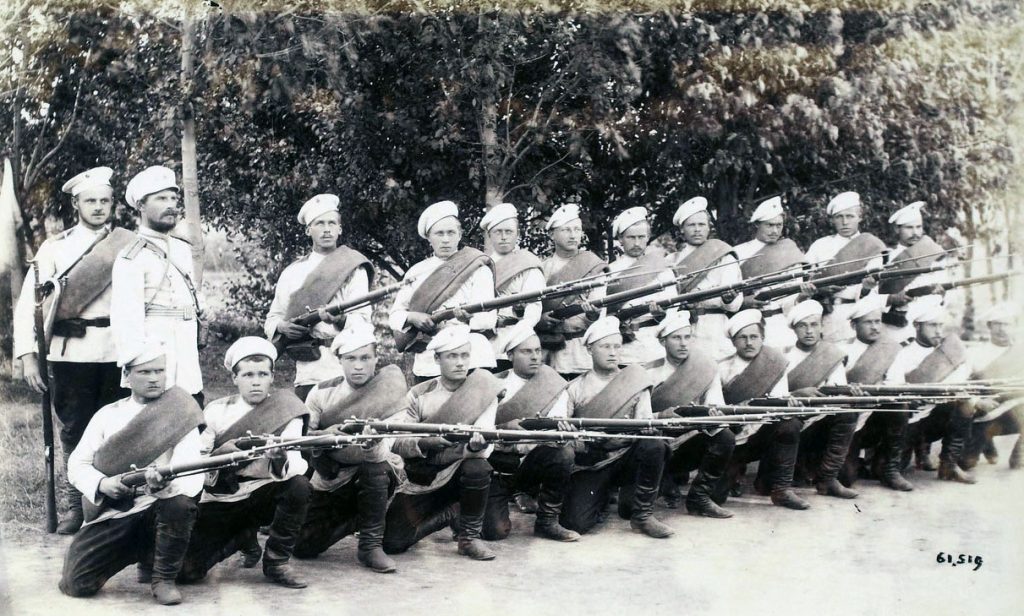 And even in the WW II, however surprising it might seem.
And even in the WW II, however surprising it might seem.
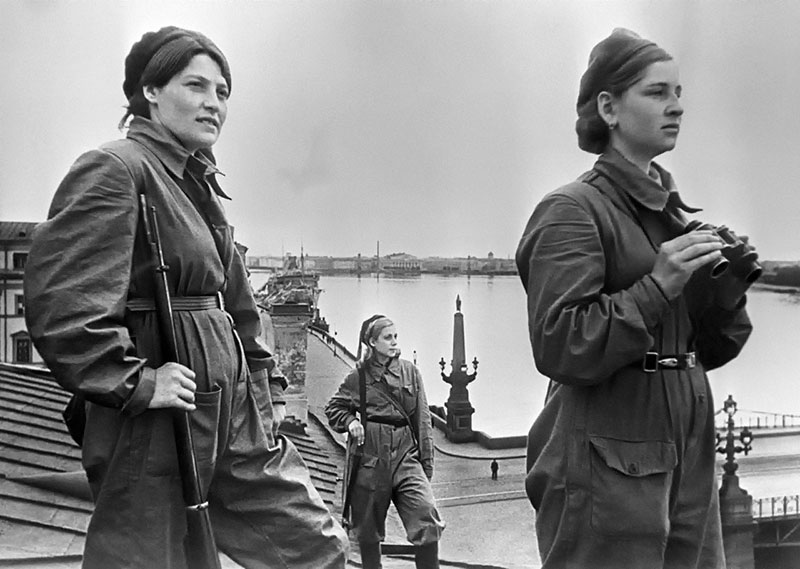
Starting from 1891, Berdan rifles were gradually ousted by the original Mosin 3-line rifle. Huge numbers of Berdan rifles were modified into hunting weapons and various carbines. The rifle was very popular due to the robust design and configuration, and affordable cost.
